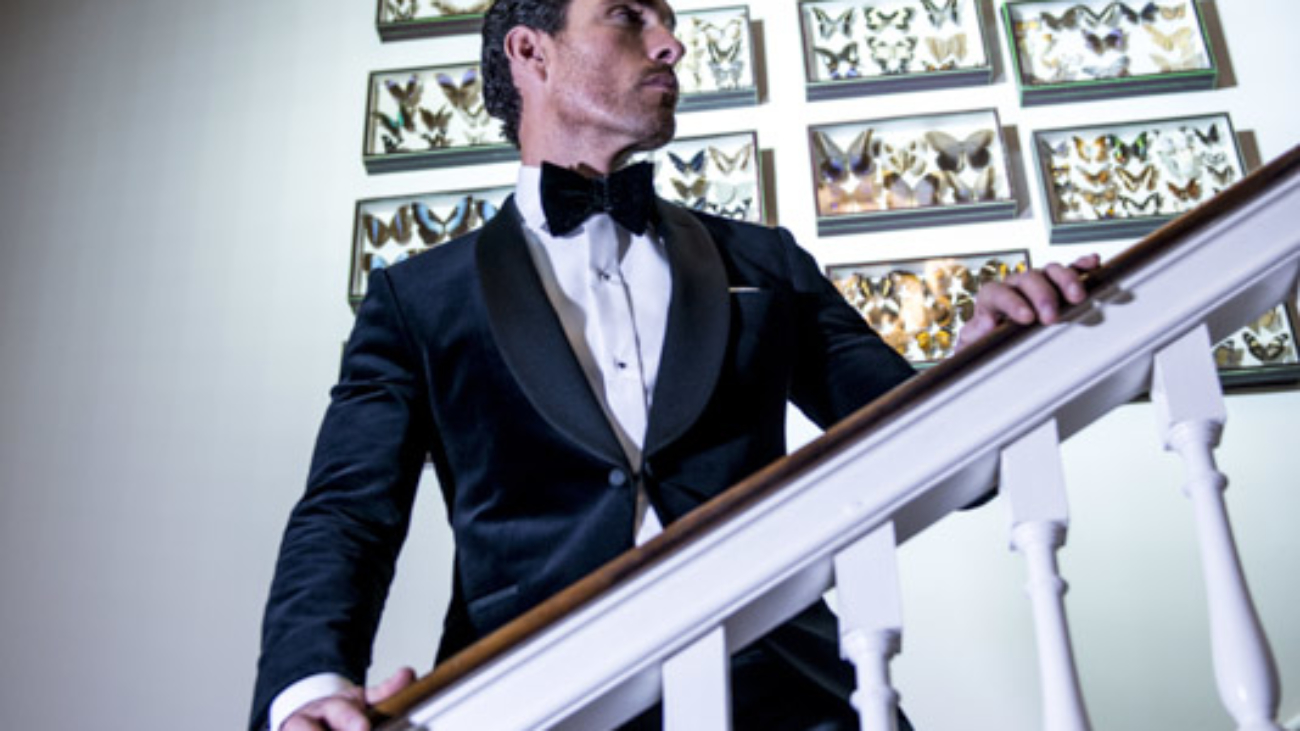There’s something quite satisfying about getting your wardrobe ready for a new season and with winter upon us, it’s time to re-evaluate your garments and see what new additions will enhance your look. First and formost, it has to be your winter coat.
Any man who cares about his winter wardrobe should have a quality winter coat, a rain jacket and something a bit lighter for those days where it hardly feels like winter at all. When it comes to your main winter coat, choose a good quality material and something that will not only fit in with you business wear but will complement your casual wear as well. Generally speaking, a longer, more streamline winter coat will give you a more stylish feel and if you opt for classic dark blues, greys and of course, black, you can’t go wrong. For the more adventurous, then bolder greens or burgundies can give you a strong impact when worn with the appropriate clothing underneath.
As with any winter season, layering is the best way to keep warm but also look elegant. Stylish waistcoats, cashmere jumpers, turtleneck sweaters and a woollen sports jacket are perfect additions to your wardrobe for winter. Opting for various shades of the same colour in your garments can look very smart when done properly and this kind of look works especially well when you’re working with different shades of grey.
Of course, we are also fast entering the Christmas season so a few garments to see you through the endless round of parties and get-togethers will be needed. Tailored woollen jackets, crisp white shirts, silk ties and pocket squares will always serve you well and for more casual events, then a pair of smart dark blue jeans worn with a lightweight tweed jacket or blazer will give you an elegant and sophisticated look.
Whatever your plans are for this winter, make sure that your wardrobe is up to the challenge, both on a practical and sartorial front.



